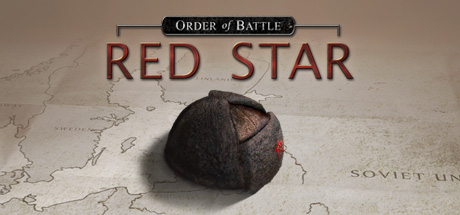Rifles in the Pacific
by
Tiny Battle Publishing
Tiny Battle is an apt name for the company that released this game. The game defies my attempts to pigeonhole it. It is a tactical game, but it is unlike any other tactical game I have played. It is a solitaire game of tactical warfare in the (surprise) Pacific. Let us first list what comes with the game:
Mission Briefing Booklet
Four Army Sheets (on two sides of 8 1/2" x 11" cards)
One Master Copy Unit Roster (on the back of the game's cover)
Three 8 1/2" x 11" Maps representing the varying terrain in the Pacific Theater
One Squad Examples Card (on the back of the Map Card)
39 1" Unit Counters
46 Administrative Counters
You will need to provide five six-sided die, and a container for random drawing counters
Squad Selection
Mission Execution
End-Mission Briefing
The Armies available are:
United States Marines
Commonwealth
 |
| Maps |
Capture A Bridge
'Wave Zero' - Amphibious Invasion
Demolition Squad
Destroy A Radio Station
Casualty Evacuation
'Line Of Fire' - Attack A Strong Position
Other than the slightly weird (at least for me) setup of the game, in most ways it is a normal tactical game. Tanks, mines, close combat etc. are all here among all of the other usual rules. The tanks you get to use include Shermans, Cromwells, Stuarts, Type 96 (Ha-Go), and the Type 97 Medium Tank. The rule book is well set out, and is easy to read and understand. This is the second game in the 'Rifles' games from Tiny Battle. The first game is 'Rifles in the Ardennes'.
Robert
Tiny Battle Publishing:
Rifles in the Pacific:
They are also publishing 'The Devil's To Pay' Hermann Luttmann's game on the first day of Gettysburg. I really like his games and especially the map look and style of his Gettyburg games. He designed 'Longstreet Attacks' about the second day.





























Follow Us